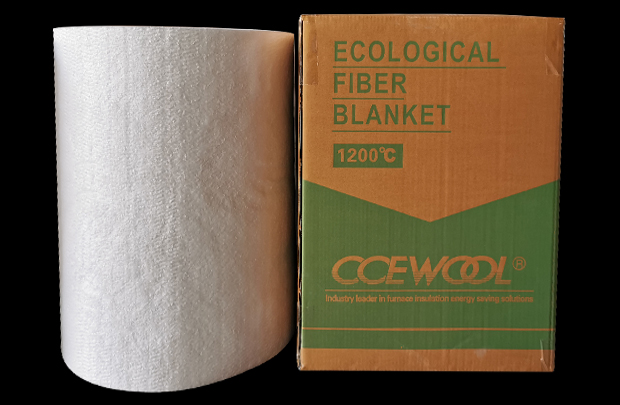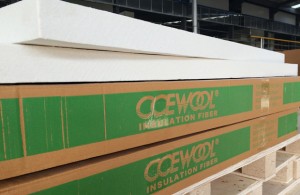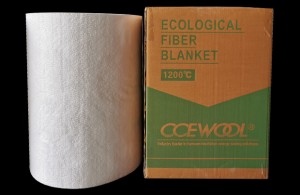Low volume weight
As a kind of furnace lining material, CCEWOOL soluble fiber blankets can realize the light weight and high efficiency of the heating furnace, greatly reducing the load of the steel- structured furnaces and extending the service life of the furnace body.
Low heat capacity
The heat capacity of CCEWOOL soluble fiber blankets is only 1/9 of that of light heat-resistant linings and light clay ceramic bricks, which greatly reduces energy consumption during furnace temperature control. Especially for intermittently operated heating furnaces, the energy saving effects are significant.
Low thermal conductivity
The thermal conductivity of CCEWOOL soluble fiber blankets is lower than 0.28w/m.k in a high-temp environment of 1000°C, leading to the remarkable thermal insulation effects.
Thermochemical stability
CCEWOOL soluble fiber blankets do not generate structural stress even if the temperature changes sharply. They do not peel off under the conditions of rapid cold and hot, and they can resist bending, twisting, and mechanical vibration. Therefore, in theory, they are not subject to any sudden temperature changes.
Resistance to mechanical vibration
As a sealing and cushion material for high-temp gases, CCEWOOL soluble fiber blankets are elastic (compression recovery) and resistant to air permeability.
Anti-air erosion performance
The resistance of CCEWOOL soluble fiber blanket lining to high-speed airflow decreases with the increase of operating temperatures, and it is widely used in the insulation of industrial furnace equipment, such as fuel furnaces and chimneys.
High thermal sensitivity
The high thermal sensitivity of CCEWOOL soluble fiber blanket lining makes it more suitable for the automatic control of industrial furnaces.
Sound insulation performance
CCEWOOL soluble fiber blankets are widely used in thermal insulation and sound insulation of construction industries and industrial furnaces with high noise to improve the quality of working and living environments.
































